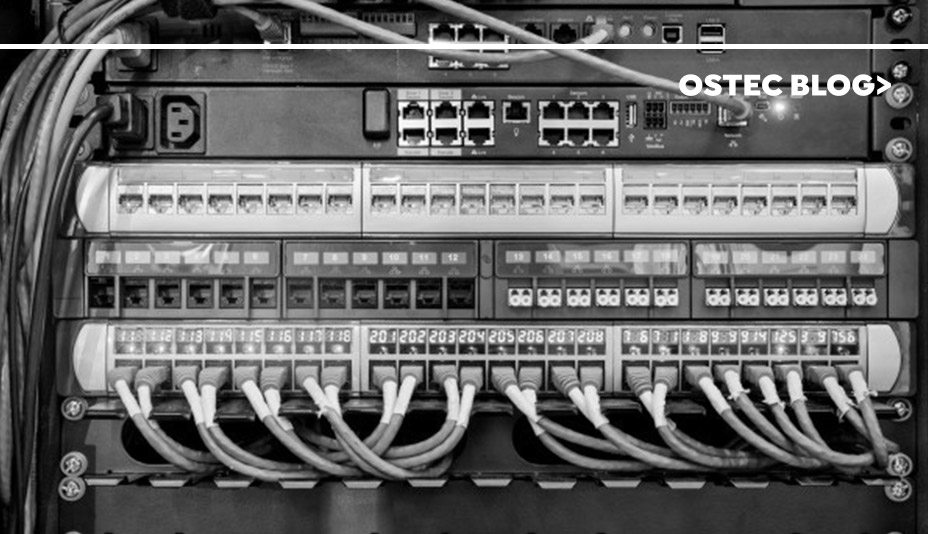This post is also available in: Português English Español
In the corporate world, it is common to find companies that allow employees to work at home or in transit, accessing applications within the enterprise securely, or companies that interconnect business units through secure communications with high performance. This type of communication is possible thanks to VPN (Virtual Private Network) technology, and its communication protocols for securely interconnecting networks and devices through the internet.
Today, there are several protocols with different operating models, but all of which serve the purpose of encrypting traffic to hide the data being transmitted, making the communication channel more secure and reliable. In this post, we have prepared a list with the main protocols of VPN communication. Check it out:
The top 5 VPN communication protocols
IPSec
IPSec (Internet Protocol Security) is an extension of the IP (Internet Protocol) that aims to ensure private and secure communications using cryptographic security services. It is a popular implementation of the VPN standard, considered reliable enough to meet the requirements of companies in terms of connecting their branch offices or remote users to their networks. Among the main security services offered by IPSec, we can highlight the provision of user privacy, data integrity and information authenticity.
L2TP
L2TP (Layer 2 Tunneling Protocol) is an encapsulation protocol that, while not providing any confidentiality or authentication by itself, relies on an IPSec encryption protocol to provide privacy to remote network users. L2TP connections, also known as virtual lines, provide inexpensive access for remote users as it enables the corporate network server to manage the IP addresses assigned to their remote users. In this way, L2TP can guarantee confidentiality, authentication and integrity.
PPTP
PPTP (Point-to-Point Tunneling Protocol) is a VPN protocol developed as an extension of PPP (Point-to-Point Protocol). By having basic encryption, it has a relatively low overhead, making it faster than other VPN protocols. Although heavily criticized in the past for its numerous security breaches, most of them have been solved in their current versions. PPTP encapsulates IP protocols in PPP datagrams. Then, the tunneling server performs all the security checks, making it safer to send data.
L2F
L2F (Layer 2 Forwarding) is a tunneling protocol created by Cisco Systems, Inc. that uses virtual dial-up networks to safely carry packets of data. L2F has PPTP-like functionality and does not provide encryption or confidentiality by itself, requiring a protocol encapsulated in order to provide privacy to network users.
VPN SSL
SSL VPN (Secure Sockets Layer) is a format that can be used in two ways, some solutions offer direct web access without the need to install a connection client, and others, via client. The basis of information transport through SSL and its sub-protocols, ensuring communication and security between the points involved. This type of VPN has gained a growing number of users because of the ease of use and interoperability with mobile devices, which are increasingly being used by employees in transit who need to securely access company information.
More security in VPN communications
When implemented correctly, all of these protocols can provide secure communications over public networks. Numerous companies today interconnect their users and branch offices through VPNs, because in addition to having low implementation and maintenance costs, it offers high integrity and reliability of the data trafficked.
When choosing the best VPN communication protocol for your business, be aware that there is no standard formula. Each business reality may require specific needs, so it is important to contact a specialized company to carry out an evaluation of the environment and goals with the deployment of VPNs.
[rev_slider hor-post-vpn]
This post is also available in: Português English Español









